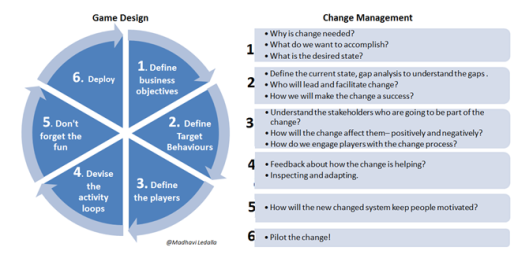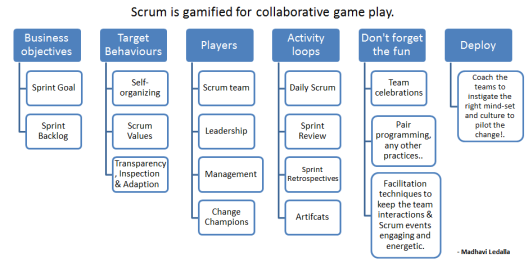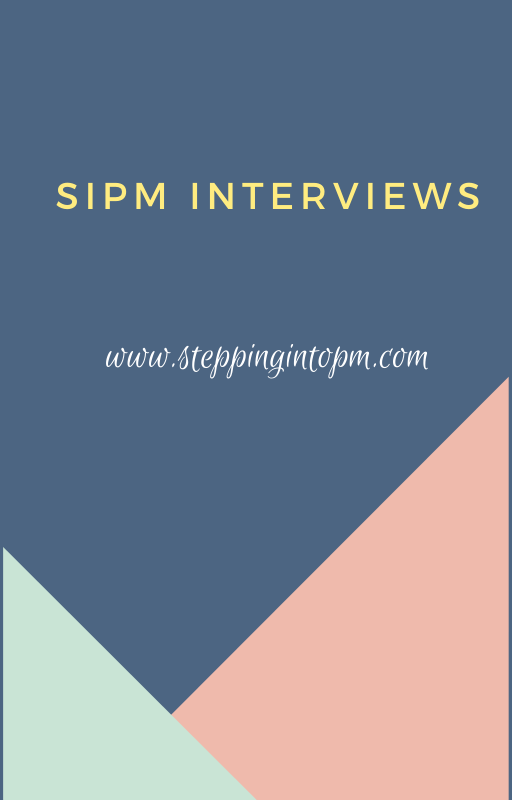 The book has been recently published in Amazon and if you have heard of Agile, work as part of Agile teams or would like to have a better understanding how to make it across countries to work as one team- the challenges and the tools that will help you bribe the gap, this book is for you.
The book has been recently published in Amazon and if you have heard of Agile, work as part of Agile teams or would like to have a better understanding how to make it across countries to work as one team- the challenges and the tools that will help you bribe the gap, this book is for you.
Today we are interviewing the authors of the book: John Okoro, Savita Pahuja and Hugo messer.
1.First of all congratulations on the book, tell us how did three of you meet and decide to come up with the book?
John: We met on-line through shared interests, and at the Agile Singapore 2016 Conference.
Savita: Hugo was already working on distributed agile blogs, models and mini books. When we met and discussed the topic, we figured out the common interest and experience on this topic. That’s how we decided to write a book.
We always wanted to share with the community our experience as well as experience of other people working in this space that’s why we have many practices shared by people in the community.
Hugo: A few years back, I ran a podcast around distributed agile. The interviews with Savita and John inspired me and later, in our discussions, the idea of writing a book about it popped up. We initially started with 4 authors, but one was too busy to continue the effort. The initial idea came up as we saw ‘distributed’ was never answered fully within the agile community. Most frameworks touch upon it, but always look at distribution through their framework-lense. We thought it would be interesting to help address the specific challenges that come up when working distributed. We spoke to many people who struggled with it throughout the years. In my own company, Bridge, I have always had challenges with the distribution across Europe, Ukraine and India. With the book, we mean to help provide people solutions to these challenges.
2. You talk about the 6 bubbles of a distributed team, why are they so important to you?
John: Many Agile teams struggle when it comes to working across countries or locations. Having guidance and the experience of other distributed Agile practitioners is an important first step. The bubbles are a good way to organize these ideas for easy consumption by our readers, and practitioners.
Savita: These six bubbles are the main areas where teams struggle particularly when they are distributed. If organisations want to overcome the challenges of distribution, they should focus on all these six bubbles which are:
Culture
Communication
Leadership
Product
Teams and tools
Organization
Hugo:The issue with distribution is that people see the ‘problems’ in other areas. For example, they believe they need to become better at ‘agile’ or ‘scrum’. Oftentimes, scrum doesn’t work perfectly because teams forget that culture influences their collaboration. Leaders forget that to grow a distributed organization, they need to organize work in a different way compared to ‘local agile’. We discussed what were the main ‘influencers’ of agile collaboration across the globe and summarized it in these 6 bubbles. We had more earlier, but since less is more, we simplified it to 6.
3. Throughout the book you focus a lot on culture and the stories around it…what would you recommend the top 3 action items for any teams who work in distributed mode?
John:
- Meet face to face at least once, there is no underestimating the power of building an in-person relationship.
- Ensure there are truly Agile leadership virtues like servant leadership, empowering teams, and a growth (Agile) mindset in the organization. With these Agile leadership virtues and the related practices in place the team is off to a good start.
- Have collaboration tools in place like virtual electronic Agile Boards, Wikis, Virtual Pair Programming tools, DevOps tools to provide dependable and fast builds and deployment. We talk about practices, and other tools that support distributed teams like high quality video conference.
Hugo:
- Create ‘one team’. No matter where people are and what company they work for, ensure people see their common ‘product/goal’. Have coaches to foster that ‘one team’ spirit
- Make sure people have a ‘rhythm’ in which they meet face to face as often as possible + they use high quality video and audio to communicate throughout their sprint cycles.
- Get leadership support in order to get to the right team structure (onshore roles versus offshore roles).
4. Tell us what is a team canvas and the benefit of having one?
 Savita: Alex Ivanov and Mitya Voloshuk present a model called Team Canvas for team alignment that we find useful to align everyone on goals, roles and skills, values, rules and activities. The Team Canvas is a Business Model Canvas for teamwork. It is a free tool for leaders, facilitators and consultants to organize team alignment meetings and bring members on the same page, resolve conflicts and build productive culture, fast. It becomes more important to align team members on these attributes when they are distributed. It also creates a level of understanding about people on other site that improves collaboration.
Savita: Alex Ivanov and Mitya Voloshuk present a model called Team Canvas for team alignment that we find useful to align everyone on goals, roles and skills, values, rules and activities. The Team Canvas is a Business Model Canvas for teamwork. It is a free tool for leaders, facilitators and consultants to organize team alignment meetings and bring members on the same page, resolve conflicts and build productive culture, fast. It becomes more important to align team members on these attributes when they are distributed. It also creates a level of understanding about people on other site that improves collaboration.
5. The team room with the wall as a focal point is wonderful, tell me how to convince a team what they can expect when they have a team wall?
Savita: Team wall is one way to improve transparency in the team. It is also helpful to align everyone on the common goals and the work they are doing. It keeps on reminding people on the agreed stuff.
Human by nature is visual and many studies have proved that visual information stick in the memory. That’s what team wall gives to the team.
Hugo: Transparency and visualization are key in Agile. Without the traditional requirement documents, teams get lost. Team walls and other portfolio/product visualizations help teams to see the big picture of a product, the roadmap, the users, the progress, etc.
6. Do you think through all these discussion and points, the goal is to bring the members of the team to a common understanding and set up an understanding that leads to better quality work?
John: Our goal is to bring relevant perspectives and experiences, that are distilled into a set of virtues, questions, and practices. These can be used by our readers to continually improve (Kaizen) and help their distributed Agile teams to succeed.
Hugo: Yes I believe so; if we don’t have the discussions proposed in our book, people will blindly execute; business as usual. By becoming more aware of the specific challenges inherent in cross-country-work and having clear action plans to address them, teamwork and hence quality will increase.
7. Do you think the concept of distributed culture and its working agreement depends on team maturity? How should one overcome it?
John: Every distributed Agile team is different. We suggest that teams should come up with their own working agreements that are suitable for their own teams. If a team is very mature it is likely they will very easily agree to and follow their team working agreement. On the other hand, newer, less mature teams may need more guidance from a ScrumMaster, Agile Coach or facilitator to stay in alignment with their working agreements.
Hugo: It surely helps to have mature teams. If I am a junior and just join a software development team, I don’t know yet how to be productive, how to communicate well, etc. As I don’t know that yet even for a local context, working in a global team will bring a lot of challenges. If we have a mature team with experience working in agile for a couple of years, they’ll more easily adapt to the global setup.
Thank you for your time for the interview.


























